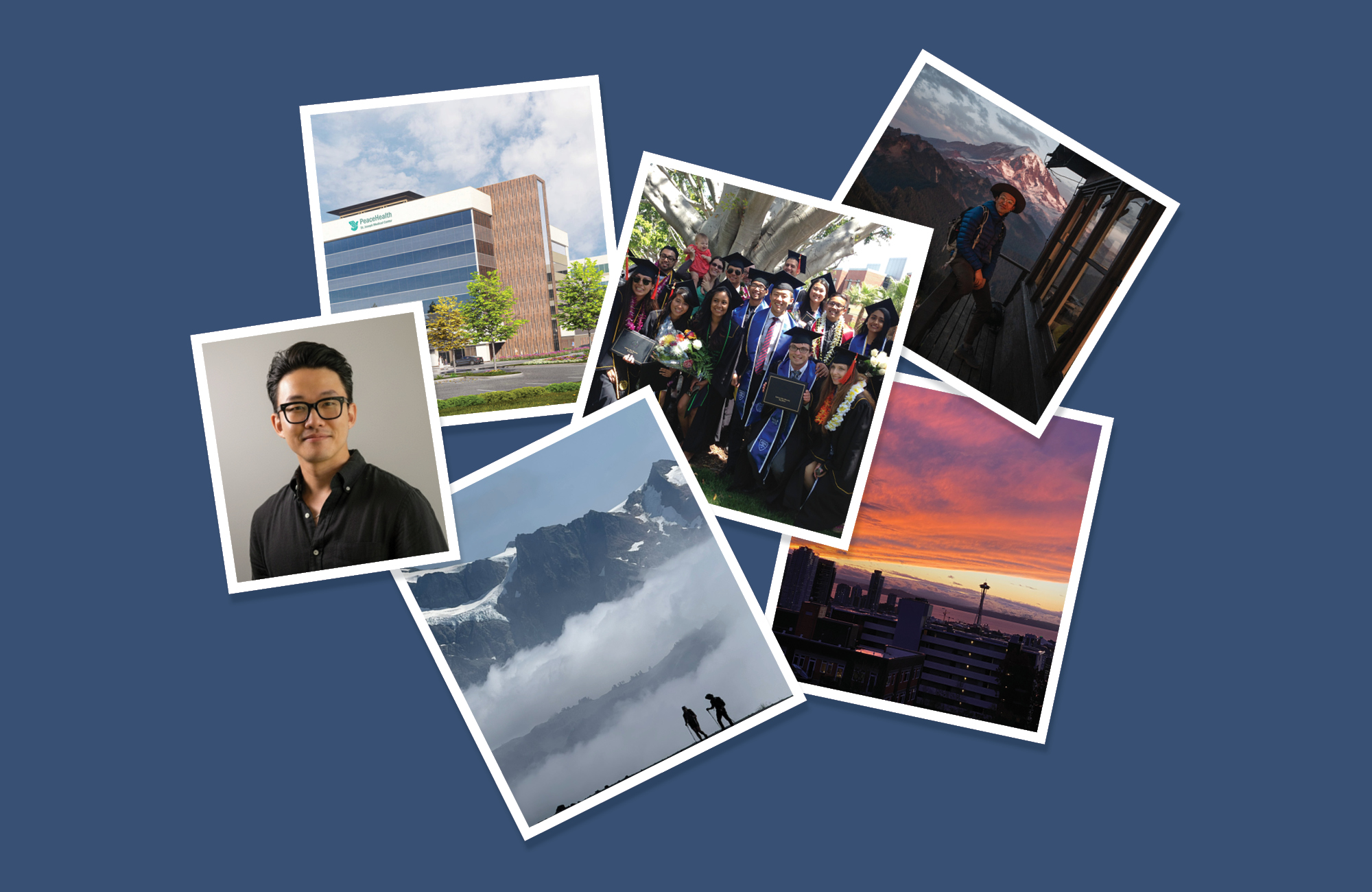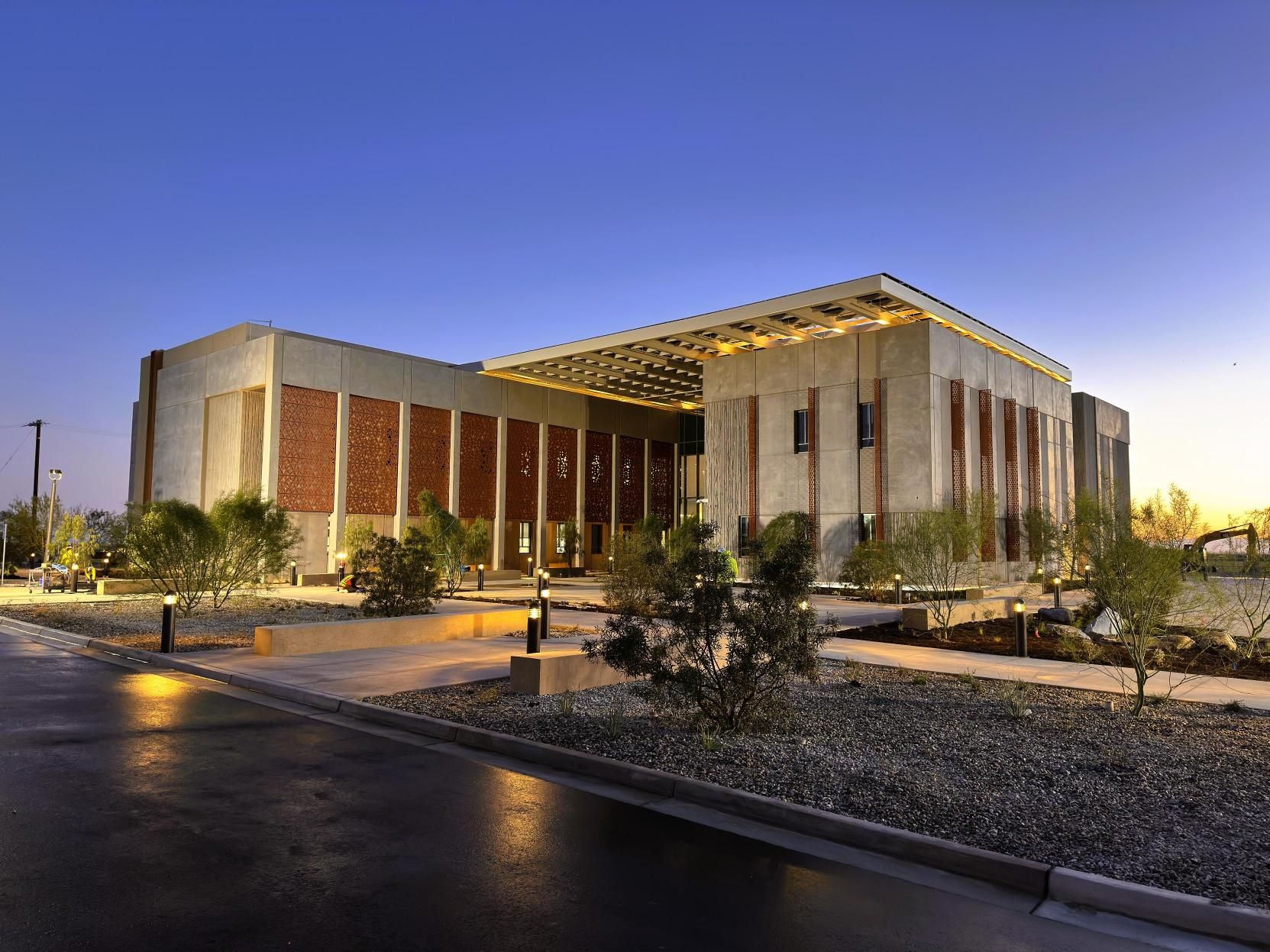Employee Spotlight:
Gary Mao
Exceptional people build a great business; as a service-based consultancy, our people are our brand. This month, OCMI features Gary Mao, a Senior Cost Estimator in our Seattle office. Gary’s work includes effective cost strategies to advance new healthcare campuses, patient care renovations, and seismic rehabilitations alongside public, higher education, and municipal projects. Follow below to learn more about Gary!
“Healthcare design has evolved quite a bit, especially since the pandemic—we’re seeing more flexibility built into every project.”
Q: Why did you choose to pursue a career in your field?
A: It was all thanks to a friend. I graduated with a degree in civil engineering and was looking to work in the construction industry. After almost two years working with a general contractor as a project engineer down in Orange County, I wanted to make a change. A good friend of mine was working for an owner’s rep/cost consulting firm in Los Angeles, and he recruited me to join their team. At the time, I just thought it’d be fun to work with a close friend and had almost no clue about this side of the industry. That was in 2016, and almost a decade later, here I am.
Q: What brought you to the city/town where our office is located?
A: I wanted to make a life change. I was raised in Southern California and spent most of my 20s in Los Angeles. I love being outdoors, and after several visits to Seattle/PNW and experiencing the ease of access to nature, I decided to make the move up in 2022. I still love LA and have a soft spot for the city, but
Seattle has been great so far.
Q: What trends do you see in healthcare facility design and how do they affect cost?
A: Healthcare design has evolved quite a bit, especially since the pandemic. As a team, we’re seeing more implementation of a phased approach to projects, in many cases due to higher costs from limited supplies and complex technologies. Within these projects, infection control has also become more resilient, with the implementation of ICRA 2.0, which brings expanded guidance and broader application to outpatient/inpatient settings.
Lastly, seeing more consideration for future swing spaces highlights the need for healthcare providers to pivot quickly to relocate existing departments. This need for flexibility can be manifested by designers/ stakeholders looking to include more shelled spaces in their programs.
Q: If you were mentoring a new estimator stepping into healthcare, what advice would you give them?
A: Healthcare projects come with their own strict requirements and complications. I’d say take the time to get to know the different stakeholders involved and try to understand the “why” of certain systems and components. Lastly, it can seem obvious, but pay close attention to details and don’t be afraid to ask questions. More often than not, you’re not the only person thinking of the same question.
Q: Do you have any creative outlets or interests?
A: Both my partner and I love taking photos, especially during our travels and in the outdoors. We recently started exploring having our photos printed, and it has been a really rewarding experience to see some of our work hanging on our walls. Aside from the hikes, skiing together has been a great way to get through the Big Dark in Washington.



